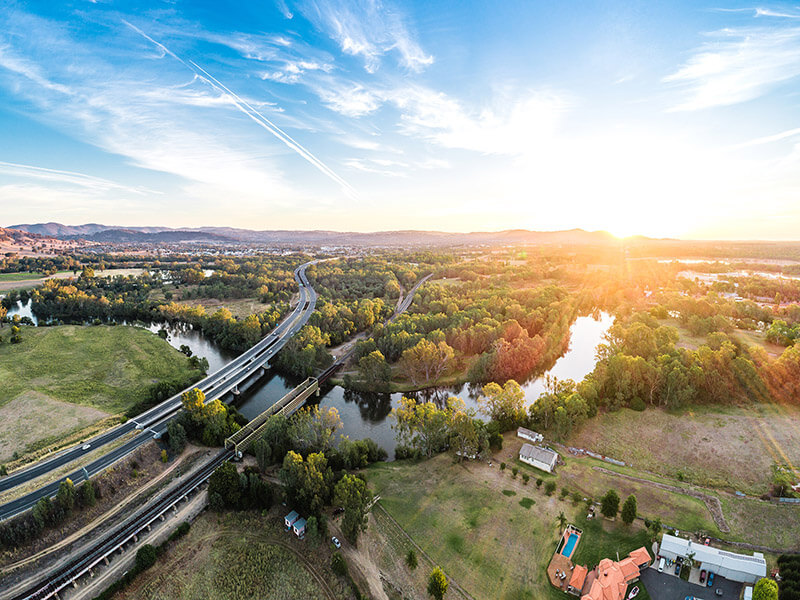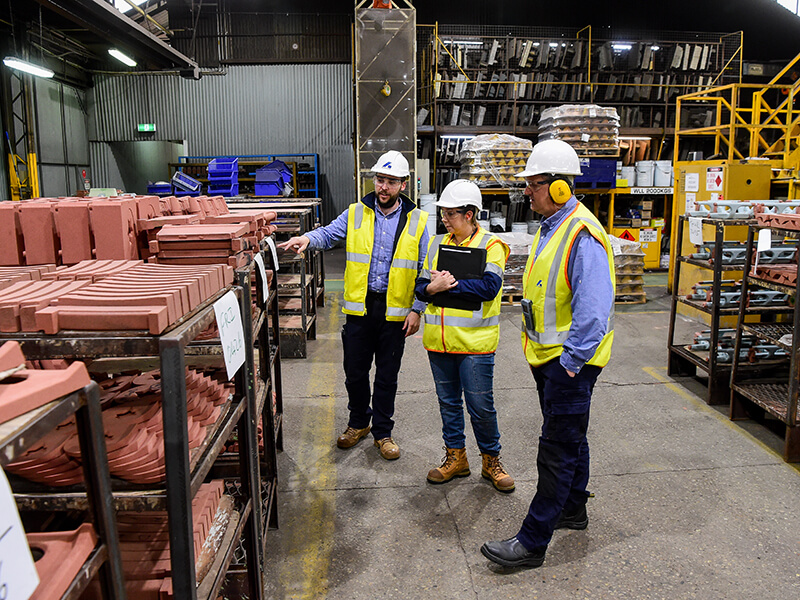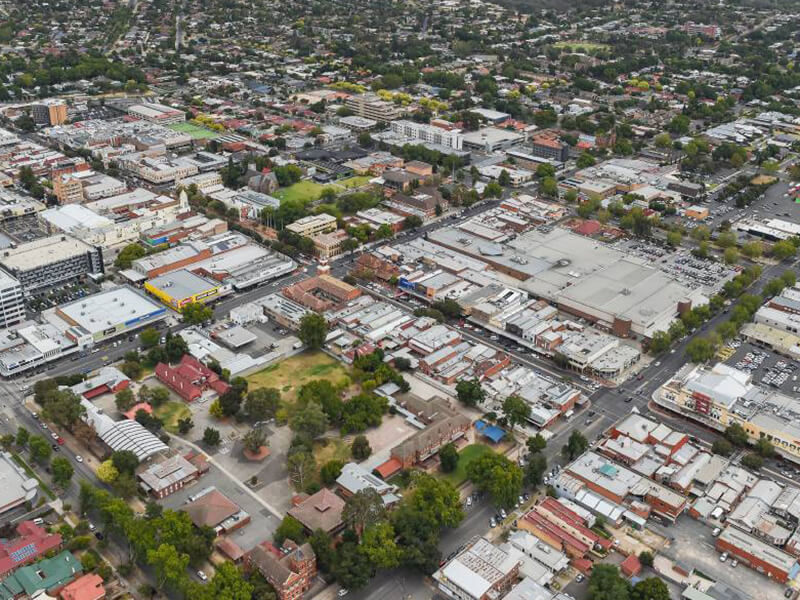
Thriving and growing regional cities
Attracting and retaining highly skilled staff is made considerably easier with the sought-after lifestyle Albury Wodonga has to offer.
Read MoreInland Rail is set to complete our national freight network, transforming how we move goods around Australia. Find out the latest on the project as we prepare to welcome the Inland Rail Conference to Albury Wodonga, 26 and 27 May 2021.

Connecting Melbourne and Brisbane via regional Victoria, New South Wales and Queensland, this 1,700km fast freight network will better link producers to markets and create new opportunities for businesses, industries and regional communities.
Shifting more goods from road onto rail is the right move for Australia. Inland Rail means freight can be delivered faster and more reliably to our growing population, and beyond to global markets. It also means safer, less congested roads and fewer carbon emissions.
The track will enable the use of double-stacked, 1,800m long trains with a 21-tonne axle load at a maximum speed of 115km/h, allowing for the transit of greater freight volumes. Each train could carry the equivalent freight volume of 110 B-double trucks.
The Tottenham to Albury section of Inland Rail will upgrade 305km of existing rail corridor between metropolitan Melbourne and the Victoria-NSW border at Albury-Wodonga. The first stage of the project is the enhancement of 12 sites along the North East Rail Line from Beveridge to Albury to provide sufficient horizontal and vertical clearance for double-stacked freight trains to safely pass. Planning is continuing on this project, with investigations and field studies underway, and ongoing consultation with communities and stakeholders to try to determine the preferred design for the works required.
The Albury to Illabo section of Inland Rail is an enhancement of 185km of existing rail corridor from the Victoria-NSW border to Illabo in regional New South Wales. While the existing rail line will be used, enhancements and modifications will be required at specific locations to provide sufficient height and width to support the safe running of double-stacked freight trains.
The Albury to Illabo project is currently in reference design stage and was classified as State Significant Infrastructure (SSI) by the NSW Department of Planning, Industry and Environment in May 2020. This means an Environmental Impact Statement (EIS) planning and approvals process will need to be completed, with the process currently underway.
Overall, about 16,000 workers will play their part in building Inland Rail and another 700 workers will be needed once operational. More than 90 per cent of construction jobs will be based in regional communities.
Find out more about Inland Rail
Next year Albury Wodonga will host the ALC/ARA Inland Rail Conference 2021. The Australian Logistics Council and the Australasian Railway Association will bring together key players of Inland Rail to provide participants an opportunity to explore multiple facets of the project. The conference will share how communities, consumers, producers and freight operators can benefit from Inland Rail during the construction phase and once operational.
Listen to Inland Rail CEO Richard Wankmuller as he answers some common questions about Inland Rail

Attracting and retaining highly skilled staff is made considerably easier with the sought-after lifestyle Albury Wodonga has to offer.
Read More
Albury Wodonga is strongly positioned to return to capacity and remain competitive in the national and global manufacturing landscape.
Read More
The State and Federal governments, alongside AlburyCity and Wodonga Council, have released an update on progress towards the Regional Deal.
Read More